Her work is featured in several books about drawing and illustration, including The Art of Urban Sketching, and has appeared in many solo and group exhibitions, including Another Woman’s Life at Nassau Community College in 2016. And most recently, in honor of National Geographic’s Year of the Bird campaign, she was an artist in residence at the Cincinnati Zoo, documenting penguins and several near-extinct bird species being bred at the zoo.
She’s not just a master of reportage illustration; she’s a beloved teacher, too. In addition to teaching BFA and MFA Illustration classes, Reim has taught many times over the past 17 years at the Altos de Chavón School of Design in the Dominican Republic; in 2006, she received a Fulbright award to retool that school’s art curriculum and assessment tools, conduct a master workshop in figure drawing, document the sugarcane workers, and teach their children. In May, she was honored with the Society of Illustrators 2018 Distinguished Educator in the Arts Award.
“Her classes are inspirational, entertaining, challenging, and informative,” said fellow faculty member Bil Donovan ’78, when presenting the award, “leaving a lasting impression on anyone under her caring tutelage.”
But if you know her, don’t ask her to draw you. “My drawings are not pretty,” she says. “No matter how elegant a line I try to draw, that’s just not me. It’s guttural and dirty. I don’t like to draw people I know—it always turns into an awkward moment.”
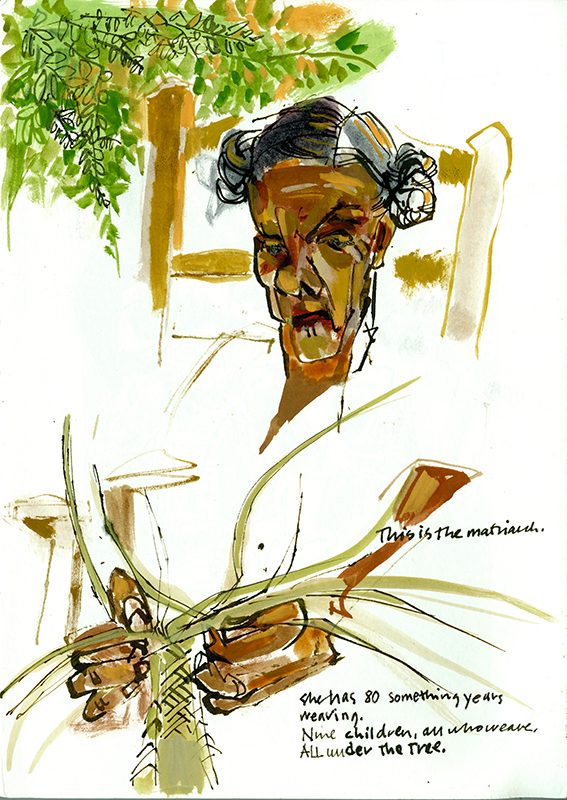
Weaver Mama, cartridge pen and watercolor on paper, 2016
On her 2016–17 sabbatical, Reim documented a family of weavers in the Dominican Republic. The matriarch and her nine children sat under a tree and handwove messenger bags, baskets, and other functional accessories from fronds grown in their yard, creating a sustainable business. She depicted their lives and livelihood with compassion. “Visual artists can do research, too,” she says.
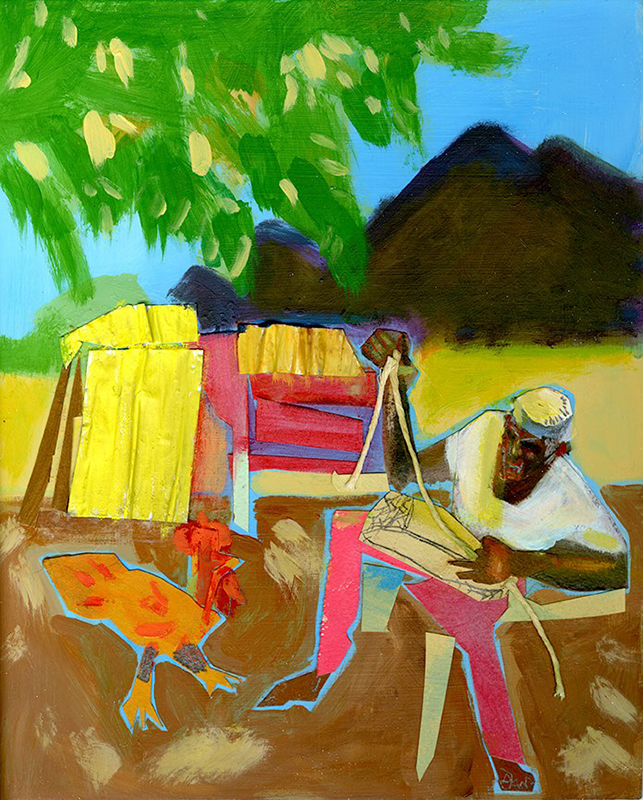
Yellow House, mixed media collage on Masonite board, 2018
After her sabbatical, Reim enhanced some of the sketches with cut-up paper, yarn, and painted tin. Yellow House was recognized by the American Illustration–American Photography annual competition in 2018.
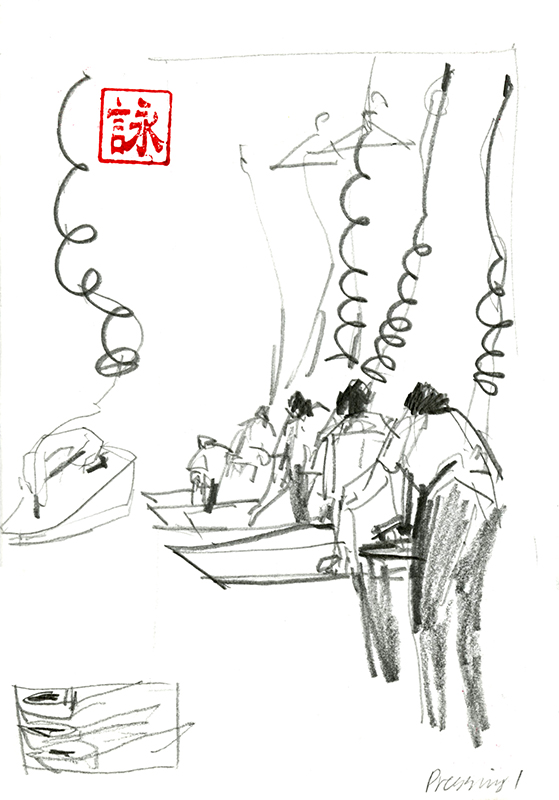
Pressing 1, Graphite on vellum, 2007
With support from a grant from FIT’s Center for Excellence in Teaching, Reim tagged along on the Global Fashion Management seminar’s tour of Hong Kong factories; her drawings help to prepare future students for the intense conditions they will encounter there. Photography wasn’t allowed, so she sketched quickly as they walked, and later added details from memory. “You have to learn what’s important to get down,” she says. “You can’t fuss with someone’s eyelashes.” The sketches were exhibited several times at FIT, elsewhere in New York State, and in the Dominican Republic.
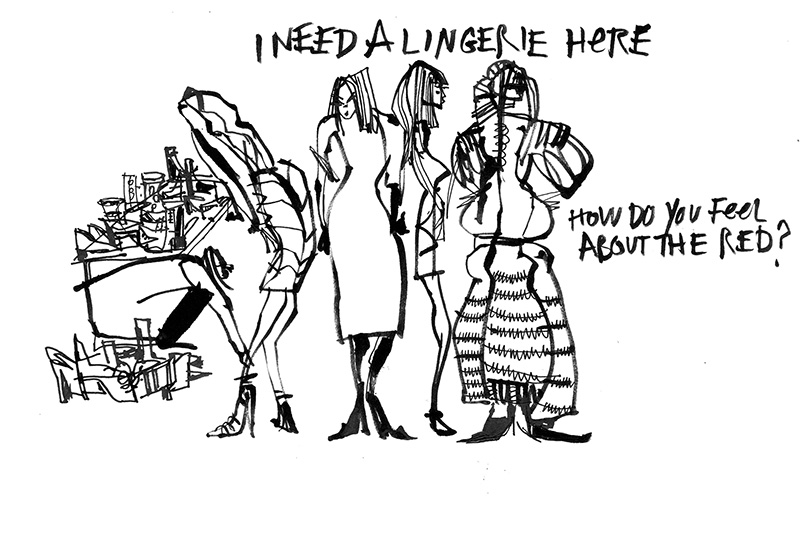
Need a Lingerie, brush pen and ink on paper, 2018
Reim sometimes sketches FIT’s Future of Fashion runway show, the hotly anticipated annual presentation of Fashion Design student work. This year, she drew a charming—and often hilarious— series at the fitting day in advance of the show. “The comments were too good not to include,” she says.
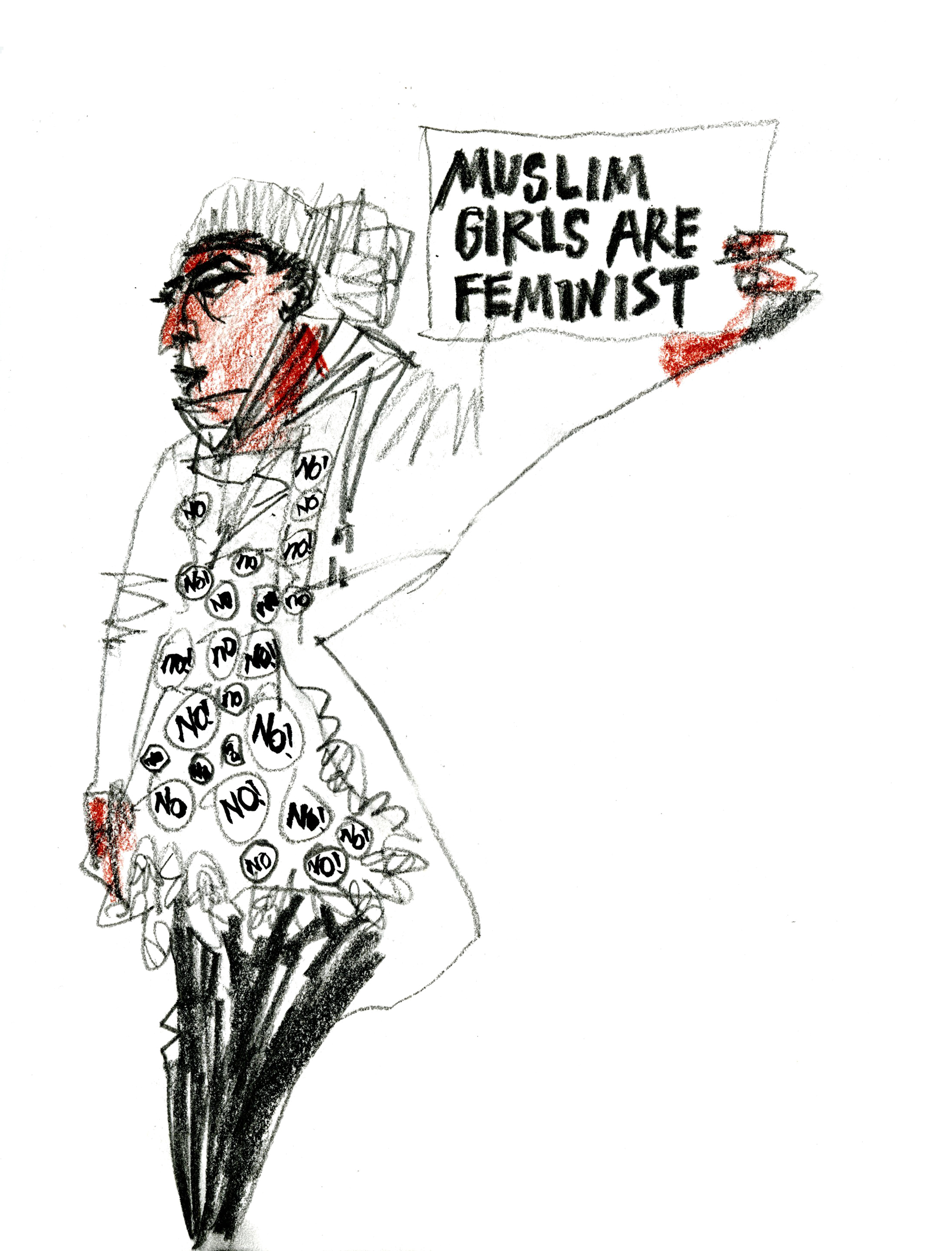
Muslim Girls Are Feminists, graphite on paper with charcoal pencil, 2017
Reim, a passionate advocate for human rights, often draws protesters in the thick of a rally. “I don’t like speaking in crowds, I don’t like big parties, but put me in the middle of a demonstration, and everything else gets zoned out. I feed on it.” In addition to sketching the crowds, she was intrigued by this activist covered in “No!” buttons at the Today, I Am a Muslim Too rally in Times Square. Reim was drawn to the activist because she was stylishly dressed and outspoken but also clearly devoted to her culture and history.
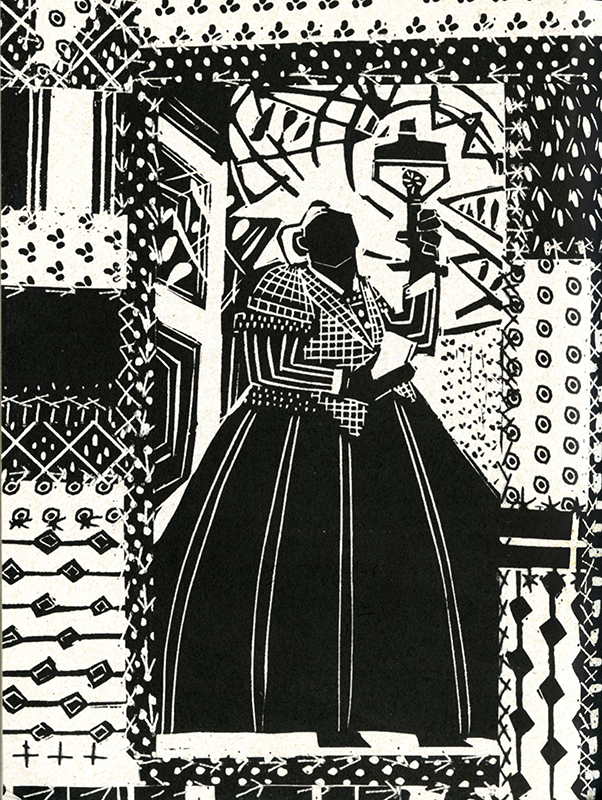
From I Was Born a Slave, illustrated by Melanie Reim, graphite on paper with charcoal pencil, 2017
To illustrate this children’s book about Harriet Jacobs, a slave who fled to the North, Reim combined hand and digital techniques. For the center image, she created the crazy-quilt edges by drawing historically accurate patterns, then scanning them into a computer to make the repeats. The stitching is historically accurate, too.
